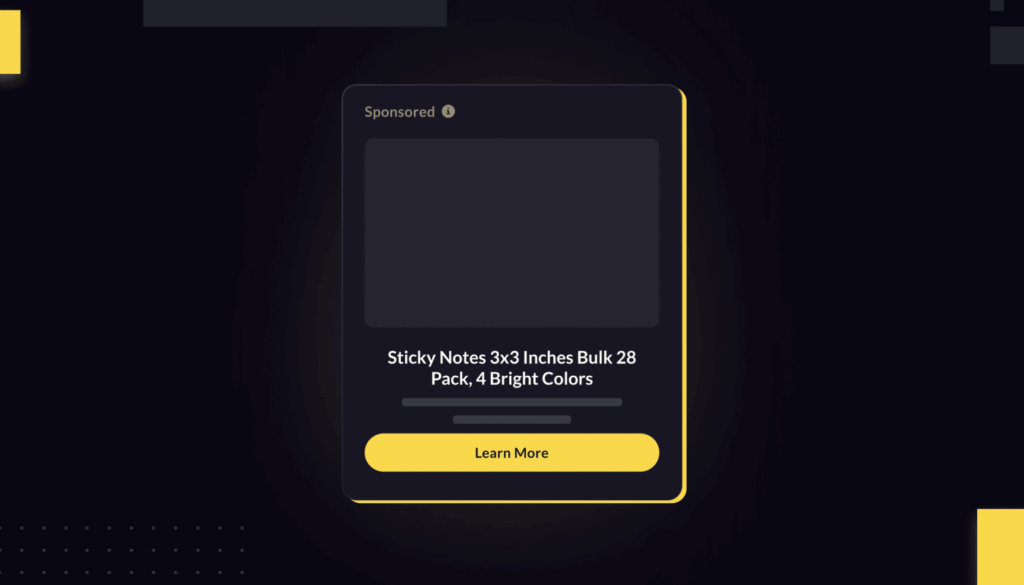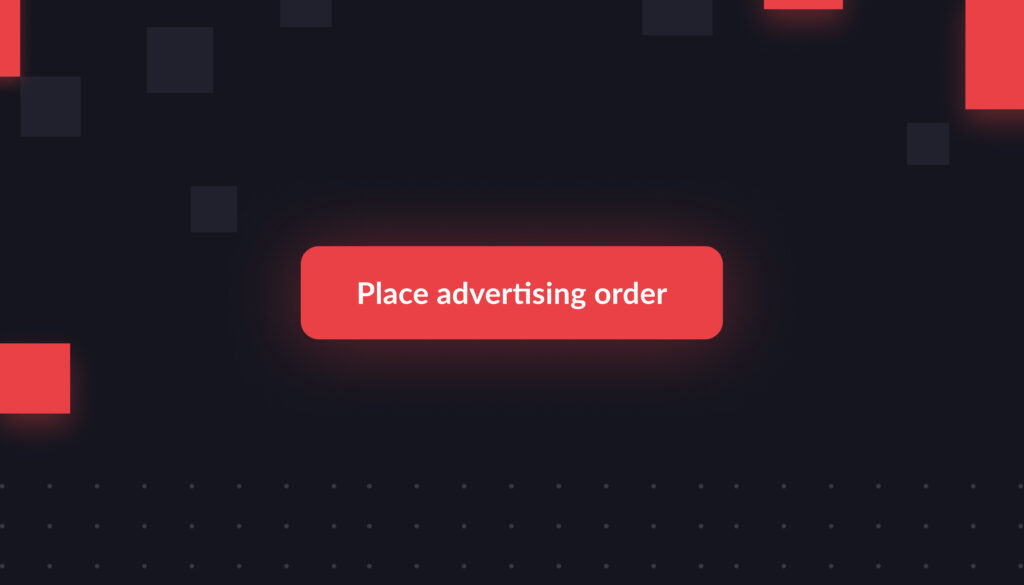For this episode of Expert Connect, I spoke with Roei Yellin, co-founder and CRO at 8fig. Watch or read the conversation below.

Alan Osetek: Let’s jump right in. So tell us about 8fig. How did you get started—I know you’re the co-founder—and tell us about the idea and how you got started with the company.
Roei Yellin: Thank you, first of all, for hosting me. Then, I’ll start with the beginning. Me and my co-founder have a long background in fintech startups. As you can tell by my accent, I come from Israel. We are Israeli founders with offices in Tel Aviv and in Austin, Texas. We started two years ago. Our background is in fintech, as I mentioned, and specifically around payments and around supply chain, which is a very unique combination of skillsets from the technology perspective.
Due to the previous companies we were involved in, we learned in-depth the supply chain issues that the retail world and specifically the ecommerce world is experiencing. After we sold our previous company two years ago, we said, okay, let’s try to use our skillset in a new way to provide online sellers with a robust solution for them to grow that is not only giving them money, but also provide value for them. That’s how we started 8fig.
AO: Excellent. So if I’m a seller and I’m looking at 8fig—why would I engage with you? What’s the pain points you’re solving for me?
RY: Sure. So first of all, let’s start with the pain point. Today the biggest challenge for sellers is not demand, funny enough, right? It sounds crazy. But demand is in abundance for them, especially if they sell on Amazon. The problem for them is meeting that demand with enough supply, with inventory, with products to sell. For that, they need to procure a lot of inventory in advance before getting paid—working capital problem, every business has it. But for supply chain businesses like online sellers, it’s even [more] severe. And it’s getting even worse, when those companies, those sellers, are growing 10, 20, 30 percent month-over-month, right—they can never catch up.
We understood this problem, and we understood that this problem is hurting their business and sometimes even forcing them to sell their business before they plan to. We saw this problem, and we said okay, how we can provide a long-term solution for those sellers? So 8fig is a platform for online sellers to first of all map out and plan how the supply chain will look—or the cash flow for the supply chain will look—for the coming six, 12, 18, 24 months.
You answer a few questions, then you arrive to what we call the Lines Lab, which is a free tool for sellers to plan how much money they need in each point of time for every product, for every shipment, and how much money and when. After they are working with the Lines Lab and building a plan, they can submit it and get an offer from 8fig to finance it. That offer is after our technology is optimizing the cashflow they need, instead of providing them with a lump-sum loan that is a relatively small amount of money for a high cost. We try to provide them with as much money as they need for a very cost-effective pricing.
Also, once we start to work with them, it’s very adaptive, meaning it has the ability for the sellers to update this plan in real-time—like if the container was stuck on a boat in the L.A. port for a month, they can update it in the Lines Lab, and then the cash-flow plan will adjust accordingly and provide them really with that flexibility and adaptability for sellers to scale. If you need more money, you can access it through the system. If you need less, you can cancel it. So really a long-term solution for all the cash-flow needs.
AO: What stage in the lifecycle of a seller would they think about engaging with you? Or I guess a different way of describing it—are there minimum size requirements or minimum lending requirements? When do you get involved with the seller, at what stage of their lifecycle?
RY: Usually the minimum requirement is a six-figure seller, or a seller that is on track to be a six-figure seller. So they held a few consecutive months of sales of $8,000-10,000. So we can see a trend, where they are going to, that means they are doing it seriously. They have the scale and the experience to work with, it’s not a one-off. That’s usually what we are looking for.
AO: What type of pricing models do you offer for the capital that you’re bringing to the table? And do you separate out your pricing for a capital infusion versus the technology that you’ve been describing?
RY: The technology is free. So everybody can log in, submit, use it. It’s a free product. Please check it out. Regarding the financing, there is a cost of capital, and that is priced according to the risk involved with the plan. Usually it’s $6,000 to $10,000 for every $100,000 in the plan. That’s basically the high-level pricing model for us. Again, it is being priced according to the prediction the technology is doing for your plan for every individual shipment that you are logging into the system. Then we have what we call a price box, and we provide pricing. But 80% of the cases are between these two numbers.
AO: And is this primarily for Amazon sellers? Are you seeing clients in other marketplaces? And also U.S. versus the rest of world or other markets? What type of markets are you serving today and in the future?
RY: We cater for every online sellers. We do not cater to non-online sellers. So as you might expect, most of our clients are on Amazon or Shopify. The requirement regarding a territory or where they come from in the world, they can come from everywhere as long as they sell to the U.S. market like on Amazon.com or something like that. But they would need to have a U.S. bank account. That can also be to the different payment providers like Airwallex and Wise, etc., or any bank account in the U.S.
AO: Can you give us an example of what’s a typical result for a client like—a case study or a result a client has seen—the value that they’re getting from your product and service?
RY: So we now cater to hundreds of sellers. We have a lot of success stories. I can touch on one of them, who we are really proud of—maybe two. One of them was they sold, when we met them, $7,000 a month, it was in November 2020, and by December 2021, they sold more than $1,000,000 in December. So they are amazing sellers, they are truly amazing. They know their stuff. But the problem was that every time they put their product on Amazon, they would sell it in two days, and then it could take them another four, five weeks to bring it back to stock. So once they met with us and they were in stock all month long, they really blew up.
Another company is a company that when we met them, they were already a seven-figure seller, they were selling $1.5 million a year, and we made a plan with them for the first year, and they grew to $7 million. Then we did another plan with them, and they grew to $29 million. So it’s really, really amazing growth.
Again, all the success is attributed to the sellers. They are amazing. Our only goal is to support them. We are not smarter than them. We never tell them what to do. They tell us what they need from us, and we provide them with the best solution for that. We always make sure to make everybody know that the sellers are in the driver’s seat, and we are their supporters. We are not coming in as the smarter guy into the room. This is something that is very important for us as a company.
AO: The flip side of the equation is, you’re in a great position, I would imagine, to provide professional or consulting help. As an example, as you’re talking, I’m thinking you might maybe as an auxiliary service—and maybe you’re already doing this—you might help package up a seller for sale, as an example. Are you thinking about those type of products? Do you already have those type of products available?
RY: We do see our sellers exit and exiting happily, from a choice, not a must. We do not and we are not exiting companies. We are not providing the details to the aggregators. This is not something we are doing, and we are only helping the sellers grow. Our name is 8fig, we want every seller to become an eight-figure seller. Our goal is to help 100,000 sellers to do that. Their success is our success, and the relationship that we have with them is everything for us, right? So we want them to feel empowered, to maximize their potential, and we will do everything to support them.
AO: Are there any new products you have in the foreseeable future in 2022?
RY: Again, the platform is [becoming] more and more sophisticated. So you will see more and more analytics, more and more metrics, more and more connectivity, more and more. Catering to more and more platforms in a more automatic way, if you will. We were very focused on Amazon in the beginning, then we expanded to Shopify, and now we are expanding other territories as well. And yes, there is something very special coming on at the end of Q1, I believe, but I cannot talk about it yet.
AO: Switching topics a little bit, either within the capital markets across Amazon and in the marketplaces, or just in general—any thoughts or predictions you see in 2022? What are you thinking about related to the overall Amazon marketplace?
RY: I’m expecting to see a maturity around the chaos of the supply chain. Meaning the challenges around supply chain will not be over, but the maturity of the sellers to handle around them will be greater. There was I think a lot of non-successful sellers left because of that that failed. Now the more—how Nassim Taleb is calling them “antifragile”—the antifragile sellers that knew how to bounce back and adapt, and using hopefully us as a source or a partner, that they can walk around the problems and scale to the problems. It was very important. So this is what I see—sellers who know how to scale to the problems and not ones that get impacted by the problems and stand still.
This interview has been edited for clarity and length.







